Transcriptionally defined amygdala subpopulations play distinct roles in innate social behaviors
- PMID: 37946049
- PMCID: PMC10689240
- DOI: 10.1038/s41593-023-01475-5
Transcriptionally defined amygdala subpopulations play distinct roles in innate social behaviors
Abstract
Social behaviors are innate and supported by dedicated neural circuits, but the molecular identities of these circuits and how they are established developmentally and shaped by experience remain unclear. Here we show that medial amygdala (MeA) cells originating from two embryonically parcellated developmental lineages have distinct response patterns and functions in social behavior in male mice. MeA cells expressing the transcription factor Foxp2 (MeAFoxp2) are specialized for processing male conspecific cues and are essential for adult inter-male aggression. By contrast, MeA cells derived from the Dbx1 lineage (MeADbx1) respond broadly to social cues, respond strongly during ejaculation and are not essential for male aggression. Furthermore, MeAFoxp2 and MeADbx1 cells show differential anatomical and functional connectivity. Altogether, our results suggest a developmentally hardwired aggression circuit at the MeA level and a lineage-based circuit organization by which a cell's embryonic transcription factor profile determines its social information representation and behavioral relevance during adulthood.
© 2023. The Author(s).
Conflict of interest statement
The authors declare no competing interests.
Figures
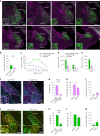
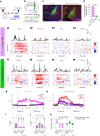
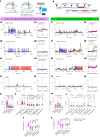
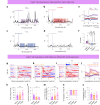

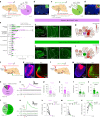
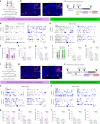

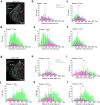







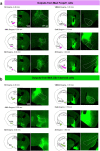
Update of
-
Hardwired to attack: Transcriptionally defined amygdala subpopulations play distinct roles in innate social behaviors.bioRxiv [Preprint]. 2023 Mar 17:2023.03.16.532692. doi: 10.1101/2023.03.16.532692. bioRxiv. 2023. Update in: Nat Neurosci. 2023 Dec;26(12):2131-2146. doi: 10.1038/s41593-023-01475-5. PMID: 36993508 Free PMC article. Updated. Preprint.
References
-
- Newman SW. The medial extended amygdala in male reproductive behavior. A node in the mammalian social behavior network. Ann. N Y Acad. Sci. 1999;877:242–257. - PubMed
-
- Lischinsky JE, Lin D. Neural mechanisms of aggression across species. Nat. Neurosci. 2020;23:1317–1328. - PubMed
-
- Mucignat-Caretta C. The rodent accessory olfactory system. J. Comp. Physiol. A Neuroethol. Sens. Neural Behav. Physiol. 2010;196:767–777. - PubMed
MeSH terms
Substances
Grants and funding
LinkOut - more resources
Full Text Sources
Molecular Biology Databases

